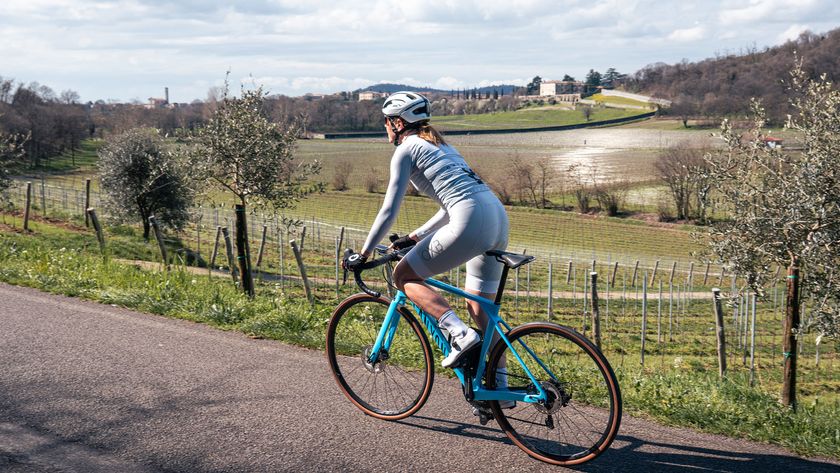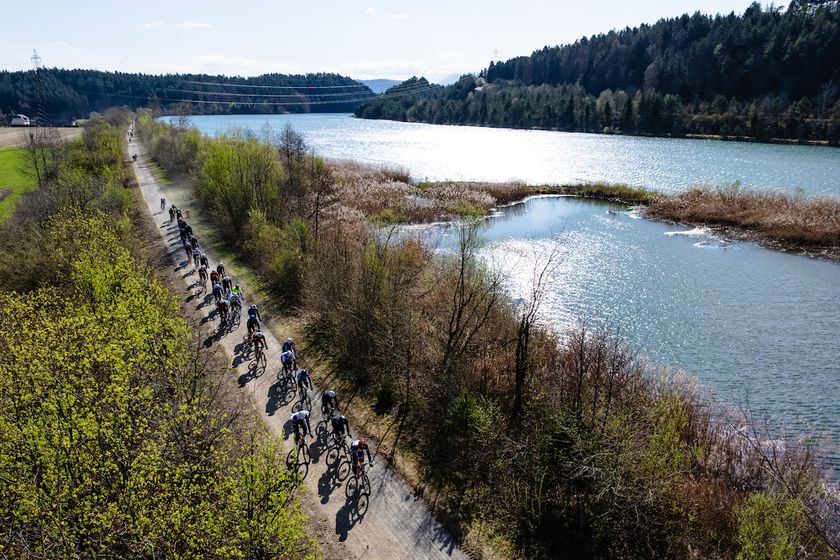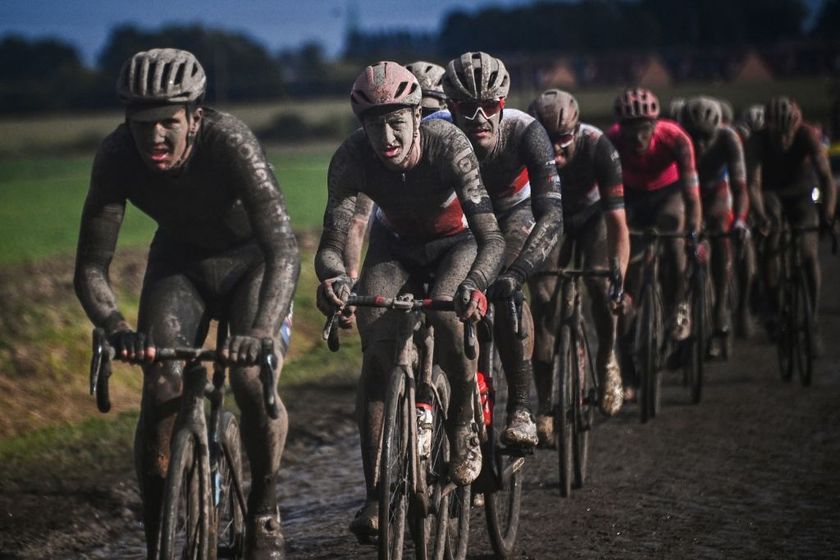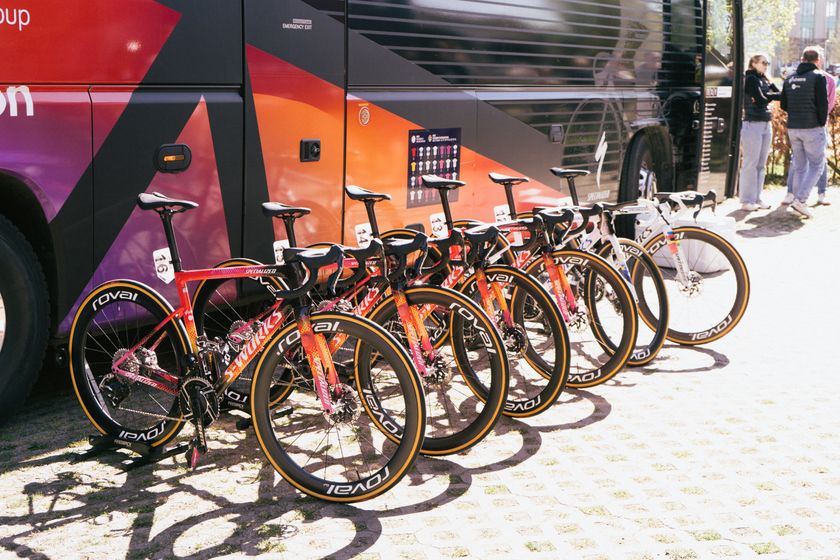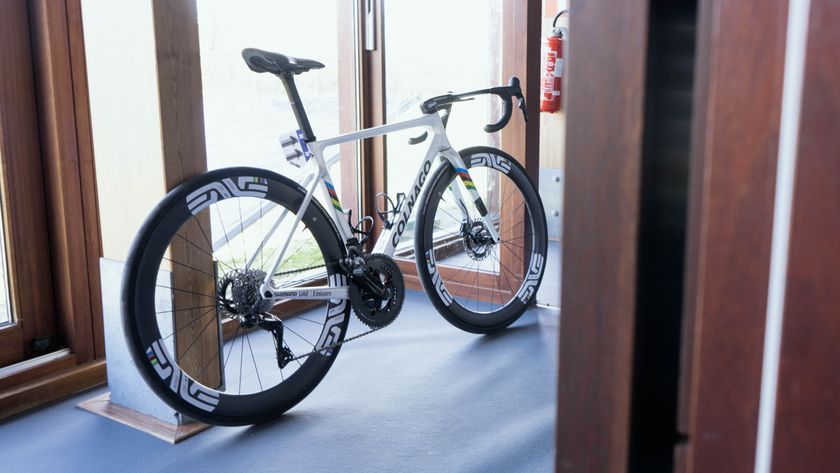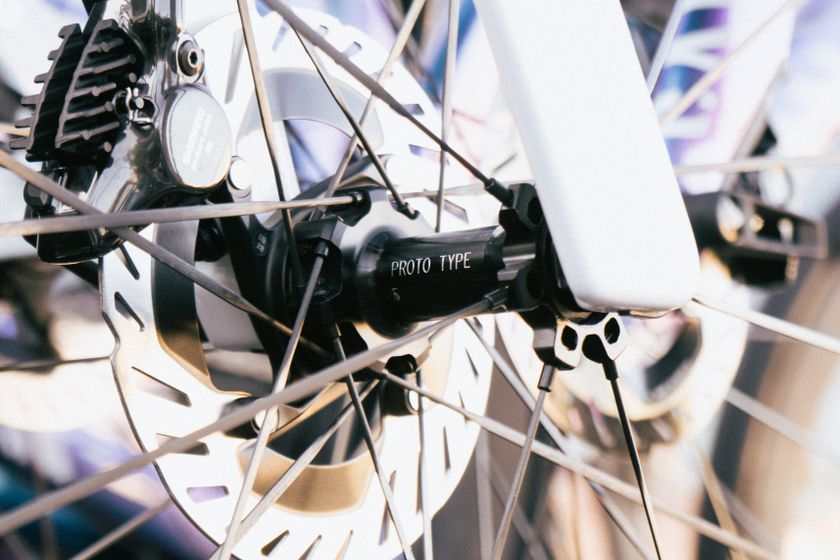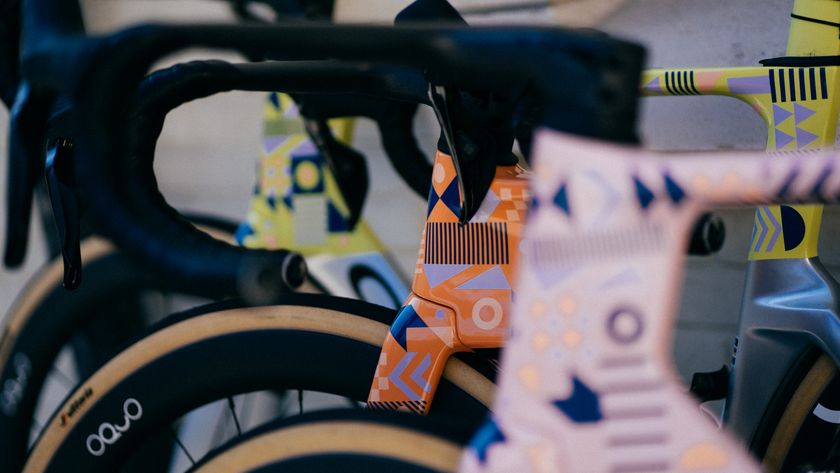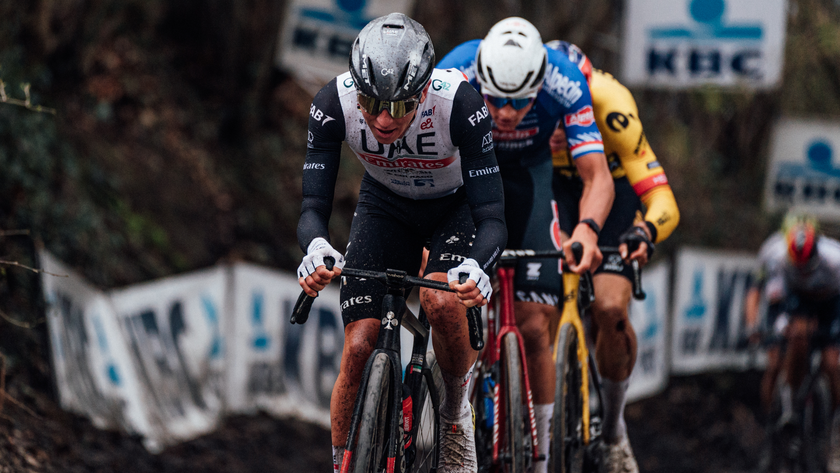Tour de France 2020: Descents the key in the Pyrenees
Stages 8 and 9 of next year's race could prove crucial in GC battle




Some of the rumours circulating about the shape of the 2020 Tour de France route prior to its unveiling earlier this week hinted at there being just a single day of racing in the Pyrenees. In the end, though, Tour boss Christian Prudhomme revealed that there will be two, albeit that they are close to being mirror images of each other.
Both are comparatively short, have most of the climbing packed into the second half of the stage, and conclude with a downhill run-in towards the finish.
Stage 8: Cazères - Loudenvielle
The first of the two Pyrenean tests will carry the race 140 kilometres from Cazères, which sits in the plains 60 kilometres south-west of Toulouse, to Loudenvielle via the Menté, Balès and Peyresourde passes, with the finish located almost at the foot of the latter.
This is very familiar territory for most of the Tour peloton. The approach to the opening climb will be via the village of Aspet to reach the saddle that sits in between the Col de Portet d'Aspet and the Col de Menté. It is a little surprising that Prudhomme and his organising team have decided against including the Portet d'Aspet on what will be the 25th anniversary of Fabio Casartelli's death on that pass, but it appears they judged that including a fourth climb would have made this stage more challenging than they wanted on only the race's second weekend.
The Menté is the French Pyrenees encapsulated in a single climb. Its grippy road climbs away from the saddle, dips, climbs again, very sharply this time, then immediately loses most of that gain on another descent. Only then does the climb towards the pass kick off in earnest. There are some further and more sustained steep sections as the road switches its way up the mountainside, although the peloton's pace shouldn't be too troubled by them as it's unlikely to be flat-out this far from the finish. The descent away from the pass is fast, particularly its second half, which runs very directly into Saint Béat.
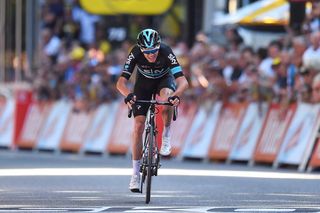
Tracking north, the course leads to Mauléon Barousse and the start of the 19km ascent to the Port de Balès, 10 years on from the 'chaingate' incident there when race leader Andy Schleck came to a halt with a mechanical issue and Alberto Contador, momentarily dropped, stole away to take the yellow jersey. Like the Menté, its average gradient is deceptive. There's barely any altitude gain for almost half of the climb, followed by lots of long-ish sections above 10 per cent in the second. The final three kilometres are wonderfully wild, and here there could be some GC sparring.
The route drops almost to Luchon, switching right instead to cross the Peyresourde. The climb will, of course, be critical to deciding the stage winner, but the descent more so. It's very fast to begin with, more technical lower down, perfect for Deceuninck-QuickStep's Julian Alaphilippe, if he's on song. From its foot, the finish is just a couple of kilometres away. It would be surprising if any of the authentic overall favourites lose anything more than a few seconds here.
Get The Leadout Newsletter
The latest race content, interviews, features, reviews and expert buying guides, direct to your inbox!
Stage 9: Pau - Laruns
Stage 9, from Pau to Laruns, where Primoz Roglic (Jumbo-Visma) won after breaking away on the descent of the Aubisque in 2018, essentially looks like the same stage again, although through more unfamiliar territory. It's nice to see that Prudhomme and co have included a couple of the steep climbs that are scattered throughout the Pyrenées Atlantiques. Although not high when compared with the likes of the Tourmalet, their base is almost always a lot lower, making them surprisingly long and deceptively hard.
First up is the new-to-the-Tour Col de la Hourcère. Quite benign to begin with as it rises away from the hamlet of Barlanès, it then runs at very close to 9 per cent for the next 11 kilometres. The road is narrow, hemmed in by trees and, higher up, weaves through a dozen tightly packed hairpins. If it's hot, it will be stifling, and there could well be a notable casualty or two as the riders climb past the tiny ski station at Issarbe. At the summit, they will descend briefly, then climb again to the Col de Soudet, just below the far bigger resort of La Pierre Saint Martin, where Chris Froome (Team Ineos) put the opposition to the sword in 2015.
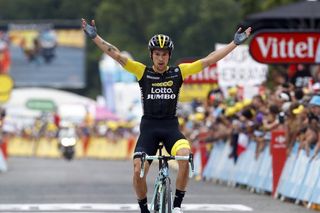
After descending to Arette, bumping over the little Col d'Ichère, where the descent is tricky towards the bottom, next up is the more well-known Col de Marie Blanque. At 1,035 metres, it's not impressively high, but shouldn't be underestimated. Barely wavering from a straight course, its final 4km are ferocious, averaging close to 11 per cent, with long sections up to 14 per cent. While the breakaway might still be clear and deciding the day's honours between them, there is sure to be movement among the favourites. Stealing a gap here could result in a useful gain at the finish, although the descent does require a good deal of pedalling and, once in the Ossau valley, there are still another half dozen gently rising kilometres to Laruns.
Looking at these stages more closely, it's clear that Prudhomme wants to shake up the GC contenders in the Pyrenees, but not winnow them out. As is his custom now, he is setting them challenges, their degree of difficulty increasing as the race progresses.
Come the first rest day, which follows the Laruns stage, the gaps between the favourites shouldn't be large. But they'll have had to have raced very hard indeed to maintain that relative status quo.
Peter Cossins has written about professional cycling since 1993 and is a contributing editor to Procycling. He is the author of The Monuments: The Grit and the Glory of Cycling's Greatest One-Day Races (Bloomsbury, March 2014) and has translated Christophe Bassons' autobiography, A Clean Break (Bloomsbury, July 2014).
